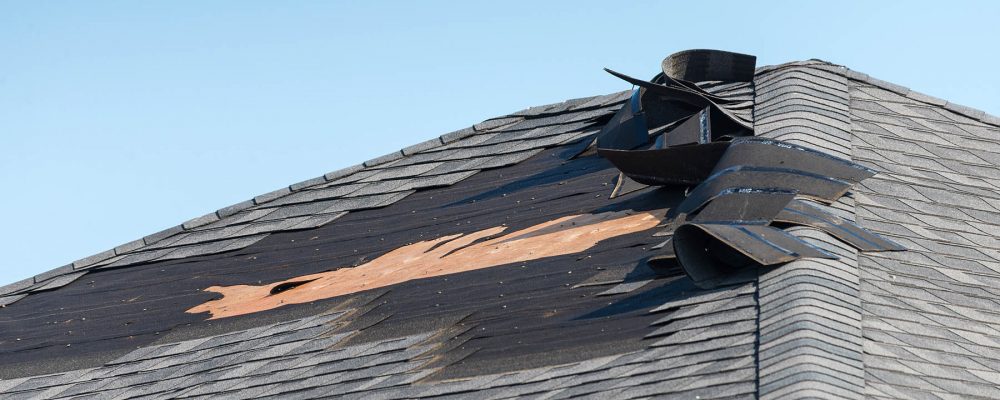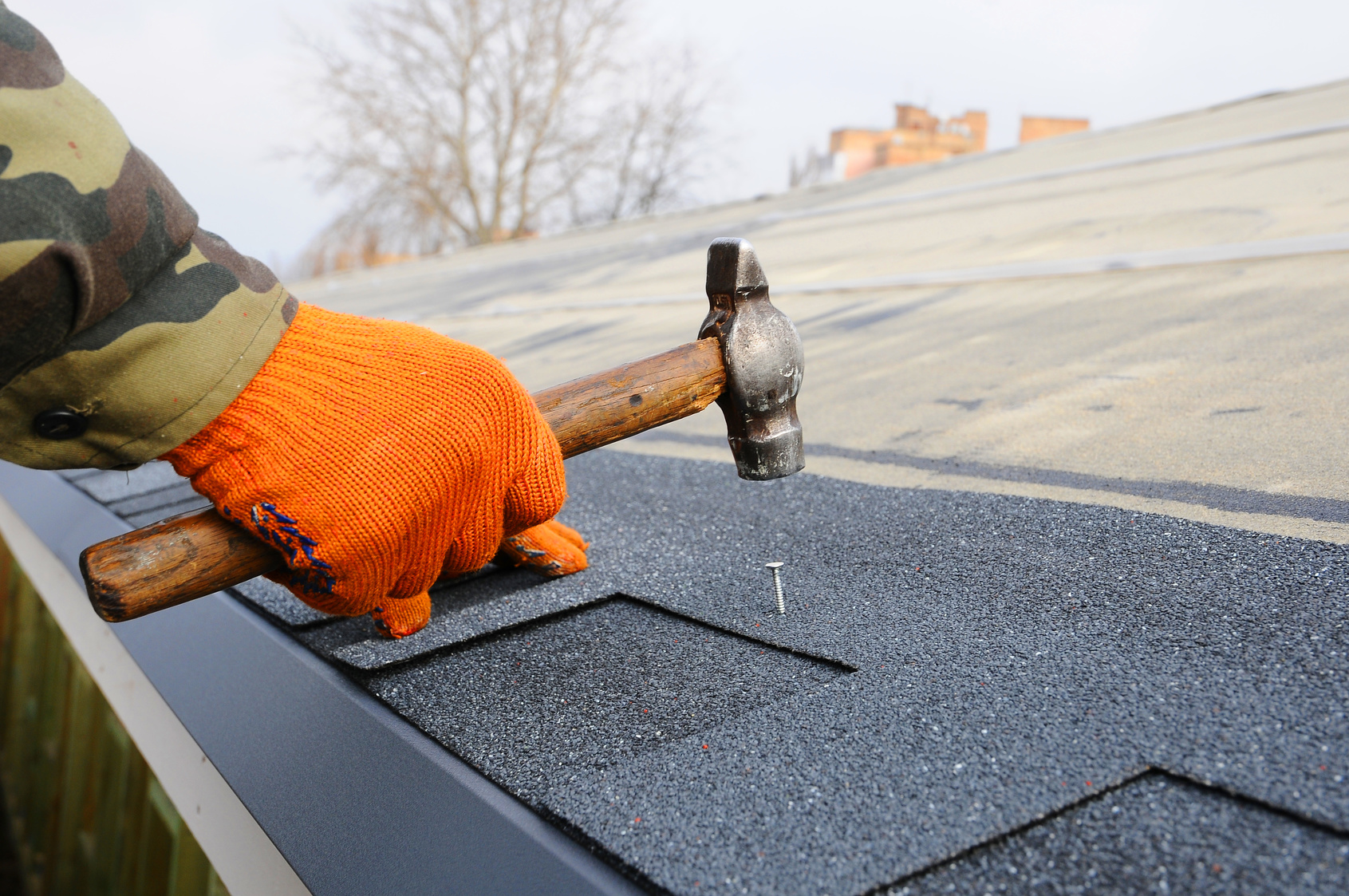Knowledgeable Roofers Honolulu for Expert Roofing Solutions
Knowledgeable Roofers Honolulu for Expert Roofing Solutions
Blog Article
How to Determine Signs That Common Roof Repair Work Is Needed on Your Property
Recognizing indications that typical roofing system repair is required on your home is essential for keeping the stability of your home. Regular evaluations can reveal subtle indications, such as missing out on or damaged shingles and the visibility of granules in rain gutters, which might recommend degeneration. Furthermore, internal indicators like water discolorations or a sagging ceiling can be a measure of underlying leakages. Being watchful concerning these problems can save homeowner from more considerable problems down the line. Recognizing these signs is just the first action; understanding their ramifications is similarly vital.
Missing or Damaged Roof Shingles
One of the most visible signs of possible roof covering concerns is the presence of missing out on or damaged shingles. These aspects work as the very first line of protection versus the components, and their stability is crucial for maintaining the total wellness of a roofing system. When tiles are missing, split, or crinkled, it reveals the underlying layers of the roof covering to wetness and ecological damages, leading to more extreme problems in time.

It is vital to carry out routine evaluations, particularly after extreme weather condition events such as storms or hail storm. House owners must search for signs of wear and tear, including staining, granule loss, or noticeable wear along the edges of the tiles. Additionally, the presence of damaged or deformed roof shingles can interfere with the visual appeal of a building and might signify an immediate demand for fixings.

Leaks and Water Spots

Identifying leakages and water discolorations is essential for preserving the integrity of a roof covering. These signs usually signal underlying problems that, if left unaddressed, can bring about significant structural damage and costly repairs. Water stains generally look like discolored spots on ceilings or wall surfaces, commonly with a yellow or brownish color, suggesting that moisture has actually penetrated the roof product.
Inside, look for any signs of water damages, such as drooping ceilings or peeling paint. Outdoors, take a look at the roofing for missing tiles, damaged flashing, or any type of penetrations where water might infiltrate.
In addition, check your attic room for evidence of moisture or mold and mildew growth, which can better suggest roof leakages. If you notice relentless leaks or water spots, it may be important to get in touch with a specialist roofing service provider. Early identification and punctual repair work of leakages can help protect the lifespan of your roof covering and avoid a lot more comprehensive damage.
Moss and Algae Growth
Moss and algae development on a roofing system can dramatically jeopardize its performance and durability. These microorganisms prosper in moist, shaded locations, typically bring about a variety of issues if left uncontrolled. Moss, specifically, can maintain dampness versus roofing materials, which can add to the damage of shingles and underlayment. In time, this wetness retention can cause timber rot and mold and mildew growth, potentially resulting in expensive repair services.
Algae, on the various other hand, mostly materializes as dark streaks on the roof surface area. While it might not trigger immediate structural damage, algae can signify underlying concerns such as caught moisture. In addition, the existence of algae can decrease the aesthetic allure of a property and might reduce its market value.
To resolve moss and algae growth, it is important to perform normal roofing system inspections, specifically after periods of hefty rainfall. Specialist cleaning company can safely remove these microorganisms using specialized approaches that do not damage roof covering materials. Preventative actions, such as making sure proper drain and trimming overhanging branches, can additionally alleviate future growth. By preserving a clean roofing, building owners can expand the lifespan of their roof covering system and preserve their financial investment.
Sagging Roof Covering Deck
The presence of moss and algae on a roofing system can suggest underlying concerns that may cause extra serious problems, such as a sagging roofing deck. honolulu roofing. A drooping roof covering deck signifies structural weakness and ought have a peek at this site to be attended to without delay to avoid further damage. This condition typically develops from extended wetness direct exposure, which can damage the sustaining Resources frameworks, consisting of rafters and trusses
To recognize a drooping roofing deck, check the roof covering from both the outside and inside. Try to find noticeable dips or anxieties in the roofing surface area, in addition to indications of water damage, such as stained ceilings or walls. Inside examinations might expose a bowing appearance in the roofline or cracks in the drywall.
Another crucial aspect to observe is the placement of roof covering attributes, such as chimneys and vents. If these elements appear misaligned, it might suggest that the roofing deck is moving.
If you discover any signs of drooping, it is vital to consult a qualified roof covering expert. They can examine the extent of the damage and advise needed repair work to restore the roof covering's architectural integrity, ensuring the safety and security and long life of your building.
Granules in Rain Gutters
Amid regular roofing system upkeep, finding granules in gutters can act as a critical indication of putting in jeopardy roof concerns. Roofing granules are the protective layer on asphalt tiles, developed to shield them from UV rays and weather condition damage. Gradually, exposure to the aspects can create these granules to loosen and get rid of, resulting in substantial wear and tear of the roofing material.
The existence of granules in seamless gutters typically shows that your tiles are nearing completion of their lifespan or have experienced damages from extreme climate condition. If you see a considerable accumulation of granules, it is vital to investigate additionally. Evaluate your roof for indications of hairless places or discoloration, which can indicate that the roof shingles are stopping working.
In addition, consider the potential for water penetration. As roof shingles shed their granules, they come to be extra susceptible to find more leaks, resulting in expensive indoor damages. Normal examinations and punctual repairs can help mitigate these risks. If you constantly locate granules in your seamless gutters, consult a roofing professional to evaluate the condition of your roof and determine if repair work or a replacement are necessary. Early intervention can conserve you time and cash in the lengthy run.
Verdict
In final thought, regular inspections of roof covering products are important for identifying indicators that typical roofing system repairs might be required. Observing missing or harmed roof shingles, water stains, and moss or algae development can suggest underlying concerns that need attention. Signs of a sagging roof deck and the existence of granules in gutters need to not be forgotten, as these variables may add to significant wear and tear and costly fixings. Positive analysis can reduce possible damage and prolong the life-span of the roof.
Report this page